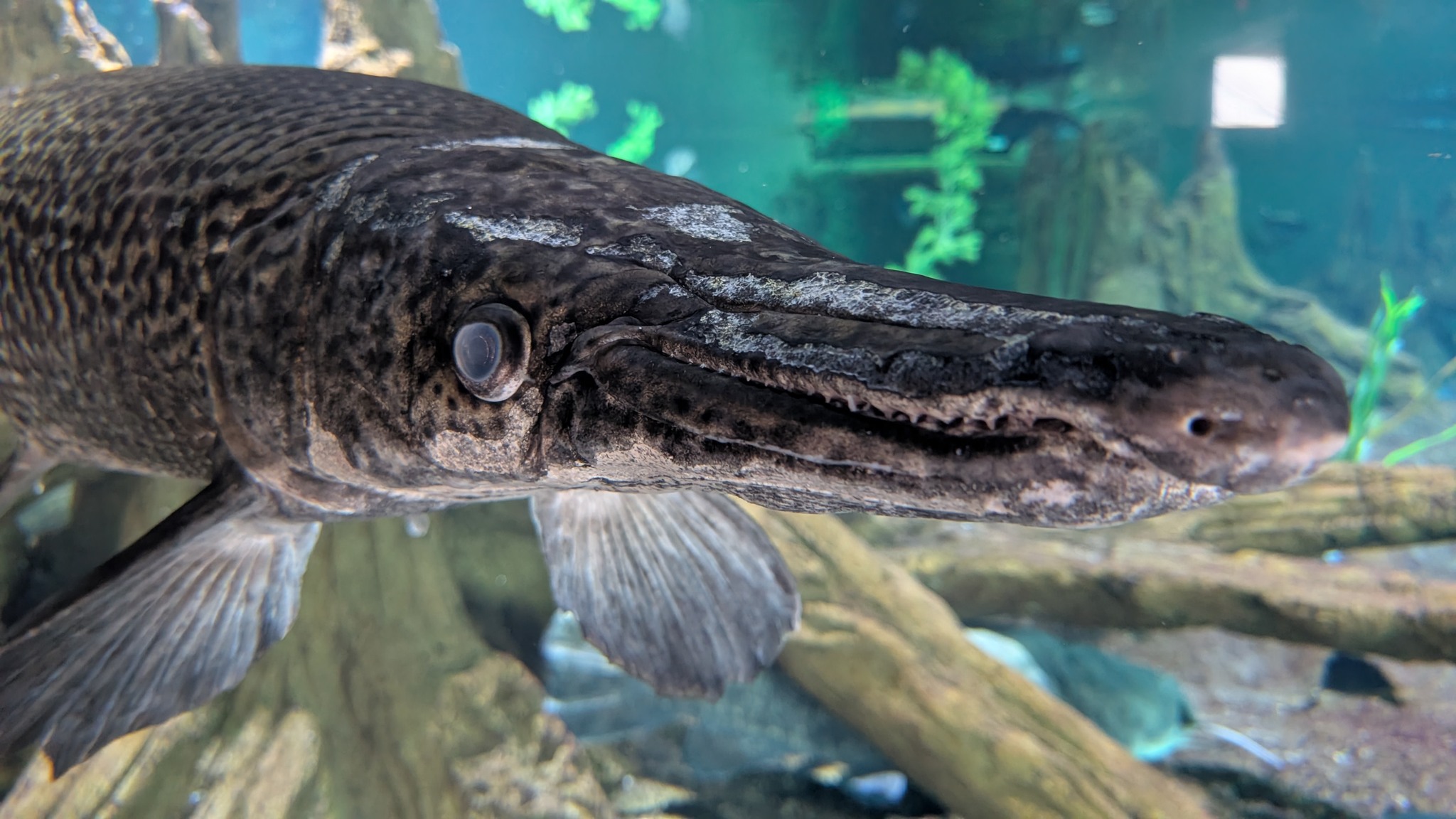- Evolutionary history and anatomical features of the Alligator Gar, highlighting how it has remained unchanged for millions of years.
- Unique adaptations that allow the Alligator Gar to survive in diverse and challenging environments, including its respiratory system and rugged scales.
- The role of Alligator Gar in their ecosystems, focusing on their impact as apex predators and their interactions with other species.
- Conservation efforts and challenges facing Alligator Gar populations, including habitat loss and climate change.
- Cultural significance and historical uses of the Alligator Gar by indigenous peoples, particularly in North America.
Alligator Gars occupy a fascinating place in the history of our planet, serving as a living reminder of a time long past. These remarkable fish have existed in their current form for millions of years, tracing their lineage back to the era of dinosaurs. The evolutionary history of Alligator Gar is a testament to their resilience and adaptability. Their ancient lineage is evidenced by their body structure, which has not significantly changed over the millennia. This continuity can be observed in their dermal armor, strong jaws, and elongated bodies.
The anatomy of the Alligator Gar is a marvel of evolutionary adaptation, making them efficient predators in aquatic environments. Sporting a broad snout and sharp teeth, these fish have evolved to capture and hold on to slippery prey with ease. As the largest members of the Gar family, they command a presence in freshwater ecosystems, growing up to ten feet in length and weighing over 300 pounds. Their long bodies and streamlined shapes allow for quick, agile movements despite their size, facilitating effective hunting techniques.
The Alligator Gar has developed several unique adaptations that enable it to thrive in environments that would be challenging for many other aquatic creatures. One of its most notable features is its thick, interlocking scales that serve as armor. These ganoid scales are incredibly tough and were so revered for their durability that indigenous people used them as tools and arrow tips.
Another remarkable adaptation of the Alligator Gar is its respiratory system. Unlike most fish, Alligator Gars can breathe both in water and air, a crucial advantage for survival in waters with low oxygen levels. This dual respiratory capability is due to their modified swim bladder, which acts similarly to a lung. When necessary, they can gulp air at the surface, allowing them to inhabit stagnant or slow-moving waters where dissolved oxygen might be insufficient for other fish.
Within their ecosystems, Alligator Gars play a crucial role as apex predators. They help maintain ecological balance by controlling populations of prey species, such as small fish and crustaceans, thus preventing overpopulation and competition for resources. Their presence indicates a healthy ecosystem, as it suggests there are sufficient resources to support such large top predators.
Despite their role as predators, Alligator Gars also face threats from larger creatures, including humans. Habitat degradation due to human activities, climate change, and water pollution pose significant threats to their populations. Additionally, their habitats are often altered by damming and the construction of water management systems, which can limit their natural range and migration routes.
Conservation efforts for Alligator Gars often include habitat preservation and restoration, as well as public education to dispel myths about these misunderstood fish. Contrary to popular belief, Alligator Gars do not pose a threat to humans; their fearsome appearance often overstated. In fact, they are considered a prized catch by anglers who respect their size and power.
Culturally, the Alligator Gar holds significance for several indigenous groups in North America, who have historically utilized different parts of the fish for various purposes. The tough, armor-like scales were utilized as arrowheads and for ornamental decoration, serving as a testament to the resourcefulness of these communities.
Incorporating traditional knowledge and historical uses of the Alligator Gar into conservation education can foster a deeper connection between people and wildlife. By appreciating the role that these creatures have played in human culture, conservationists can motivate support for initiatives that protect and preserve Alligator Gar habitats.
The Alligator Gar’s story is one of resilience and adaptability. Through millions of years, they have survived drastic environmental changes. Today, our focus on conservation can help ensure that future generations will continue to share the planet with these incredible creatures. Understanding and respecting the Alligator Gar’s place in natural and cultural history is essential for fostering a sustainable coexistence between humans and the diverse life forms with which we share our world.
*****
Source Description
This month’s Featured Animal is the Alligator Gar!
Alligator Gar have been largely unchanged for millions of years; they were around during the time of the dinosaurs.
They have very thick scales that act as a suit of armor to protect them from larger predators. Their scales are so thick and durable that native Americans would sometimes use them as projectile points to tip their arrows with.
They are named for their wide snout and larger teeth that resemble that of an alligator. These are the largest members of the Gar family.
Agitator Gar also have the ability to survive in relatively stagnant water with low dissolved oxygen; they will come to the surface to “breathe” by gulping air and storing out in a highly vascularized swim bladder. This assists with buoyancy as well as allows for additional respiration.


